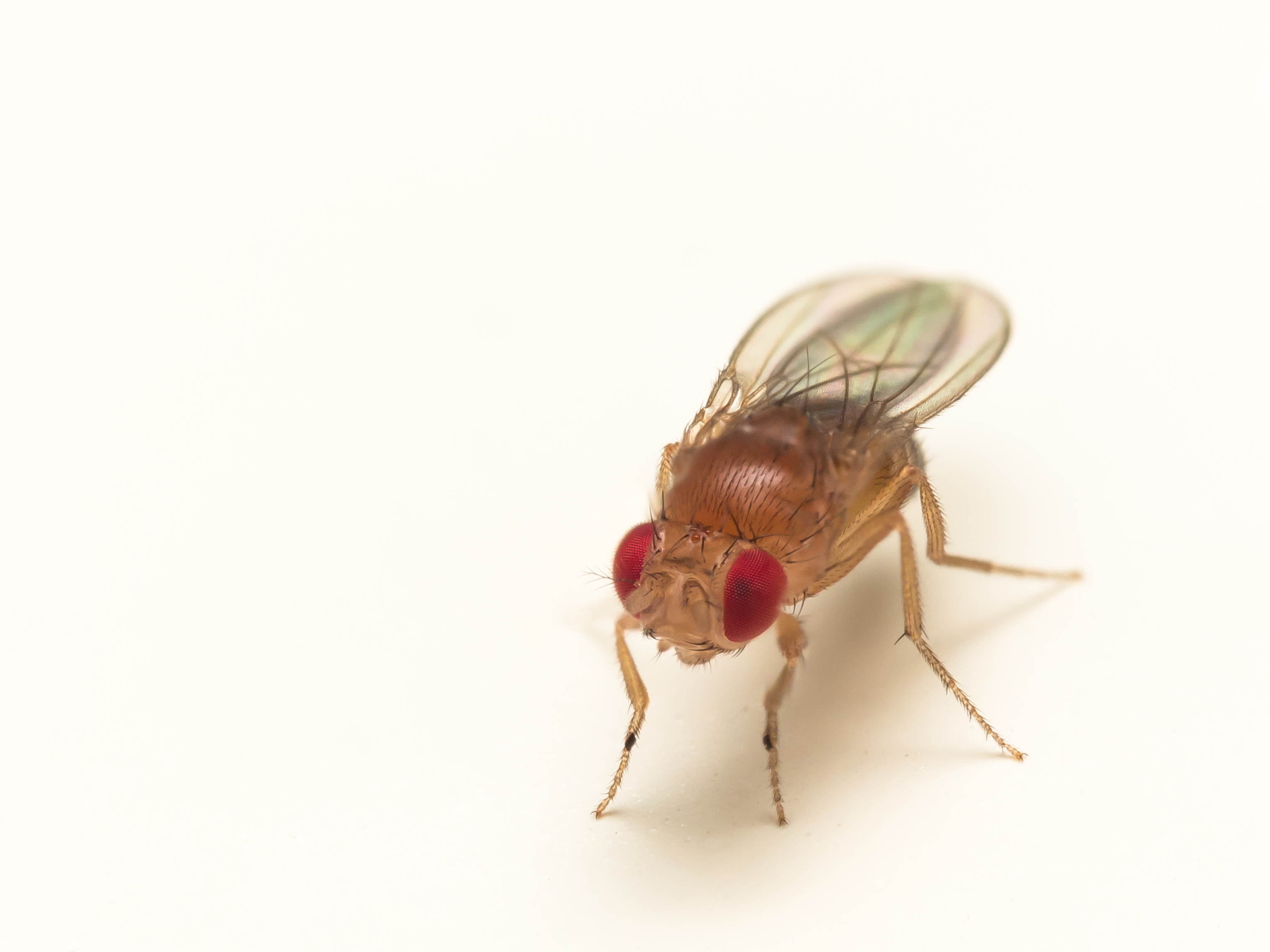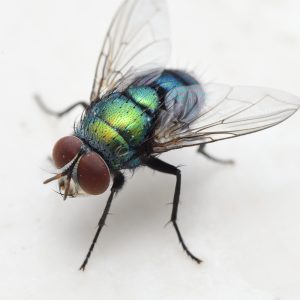Description
| Size | Small, about 1/8″ in length |
| Color | Tan or tan and brown with a somewhat darker abdomen. A key characteristic is the red eyes of the common red-eyed fruit fly (Drosophila melanogaster). |
| Body Structure | Although body structure varies by species, fruit flies share some common attributes. Each has the same basic oval body structure consisting of a head, thorax, and abdomen. They have six legs, 2 antennae, and a single pair of wings. The common red-eyed fruit fly (D. melanogaster) and the introduced spotted-wing fruit fly (D. suzukii) have red eyes. One problematic species, the dark-eyed fruit fly (D. repleta), has dark eyes. |
| Characteristics | Also known as vinegar flies, fruit flies are common pests in kitchens and restaurants. They feed in and breed on ripened fruits and vegetables and moist, decaying organic matter. These flies often hover around sink drains, mop buckets, garbage cans, tables, and other surfaces where food and liquids are found. Fruit flies are considered a significant pest in food processing and handling facilities. Because they live in such unsanitary areas, they can potentially spread disease-causing bacteria to food products. When fruit fly larvae living in fruit is eaten it can cause intestinal discomfort and diarrhea. For this reason, appropriate actions should be taken to control fruit flies around these areas. Female fruit flies will lay approximately 500 eggs deposited near the surface of fermenting fruits and other organic materials. After about 30 hours the larvae hatch and begin feeding. A week later the larvae migrate to drier areas to pupate. Several days later the adults emerge and begin the process again. |
| Habitat & Behavior | Fruit flies are active year-round, though most prefer warmer temperatures. Indoors, the temperature, food, and moisture they need to live and reproduce are almost always present. Keeping these conditions under control will help to prevent or slow flies from becoming a major pest issue. |
| Commonly Active | Spring / Summer / Fall |
| Risks of Infestations | There are several species of fruit flies in the genus Drosophila as mentioned above. The common red-eyed fruit fly is the most encountered in homes and other structures. Fruit flies are a nuisance in kitchens and can have large-scale health impacts on food processing establishments. Flies are responsible for transmitting harmful, and even fatal, bacteria and viruses to animals. |


